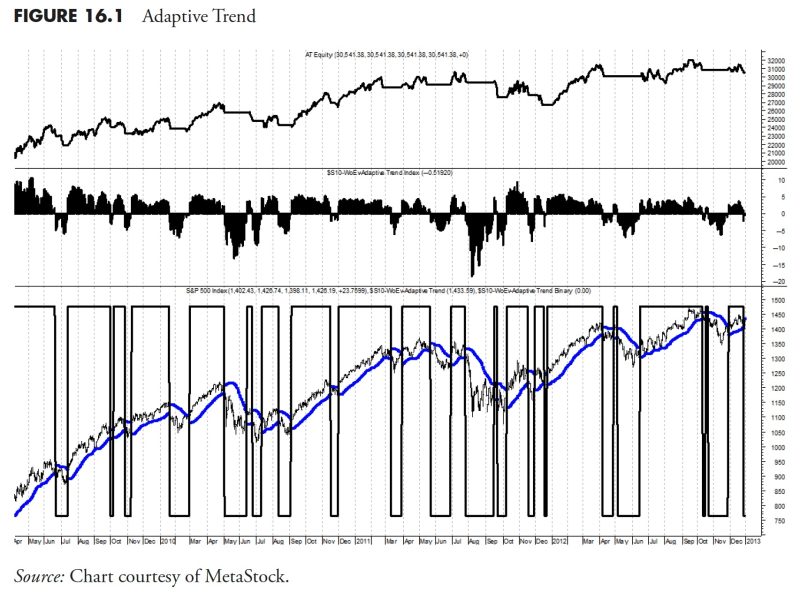In the world of finance and investments, one popular approach that many traders and investors rely on is trend following. By strategically observing and analyzing market trends, trend followers aim to capitalize on price movements to achieve profitable outcomes. This method often involves implementing rules-based money management strategies to guide decision-making processes and mitigate risks effectively. In this article, we will delve deeper into how trend following can be put to work by incorporating rules-based money management techniques.
Rules-based money management is a crucial aspect of successful trading and investing. It involves creating a set of predefined rules and guidelines that govern how capital should be allocated, position sizes determined, and risk managed. By sticking to these rules consistently, traders can minimize emotional biases and impulsive decision-making, which are often detrimental to financial outcomes.
When applying trend following strategies, rules-based money management techniques serve as a safeguard against risky behaviors and help traders stay disciplined in their approach. For instance, setting stop-loss orders based on predetermined levels of support or resistance can limit potential losses and protect capital in case a trade moves against expectations. Additionally, implementing position-sizing rules that align with risk tolerance and account size can help optimize returns and reduce the overall portfolio volatility.
One essential rule in trend following is to let profits run and cut losses short. This principle emphasizes the importance of allowing winning trades to reach their full potential while swiftly exiting losing trades to minimize losses. By adhering to this rule and coupling it with effective money management strategies, traders can improve their consistency and overall profitability in the long run.
Another crucial aspect of rules-based money management in trend following is the concept of diversification. Rather than concentrating investments in a single asset or market, diversifying across various instruments or asset classes can help spread risks and enhance portfolio resilience. This approach can also reduce correlation risks and provide more opportunities for capturing profitable trends in different market environments.
Moreover, trend followers who incorporate rules-based money management techniques can benefit from systematic decision-making processes that are grounded in quantitative analysis and empirical evidence. By testing and refining their rules over time, traders can adapt to changing market conditions and improve the robustness of their strategies.
In conclusion, incorporating rules-based money management strategies in trend following can significantly enhance trading and investing outcomes. By sticking to predefined rules, managing risks effectively, and staying disciplined in their approach, traders can navigate the complexities of the financial markets with confidence and consistency. Ultimately, combining trend following with rules-based money management can lead to improved performance and better long-term results for investors seeking to achieve success in the dynamic world of trading.
